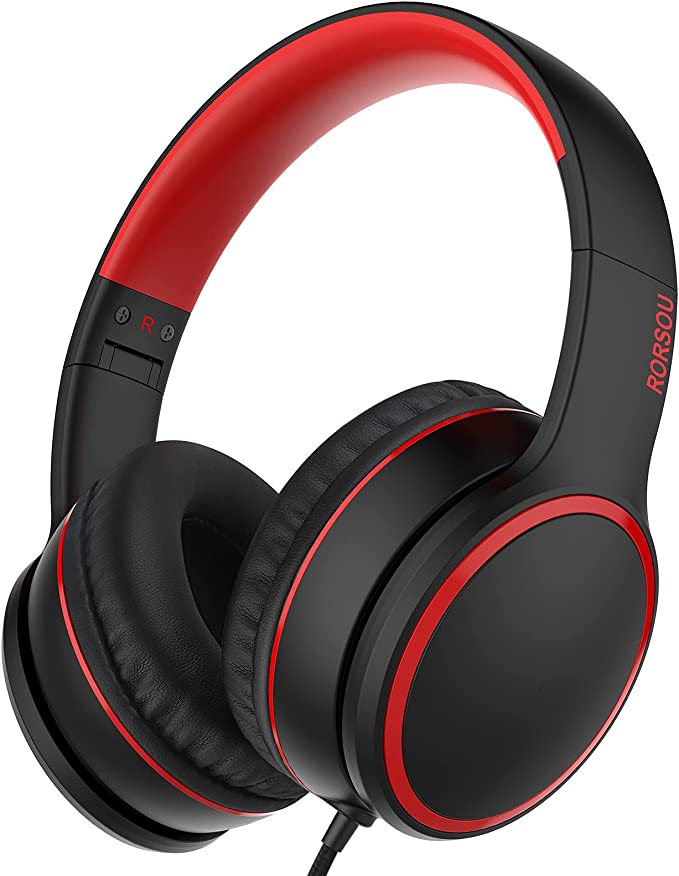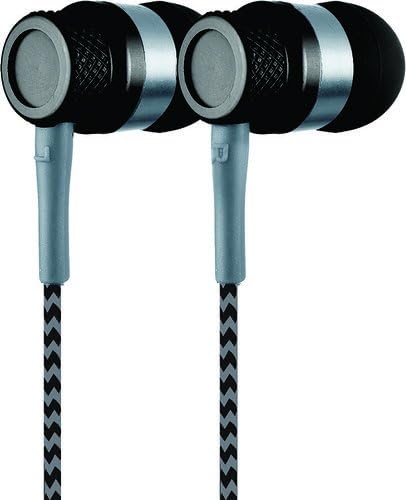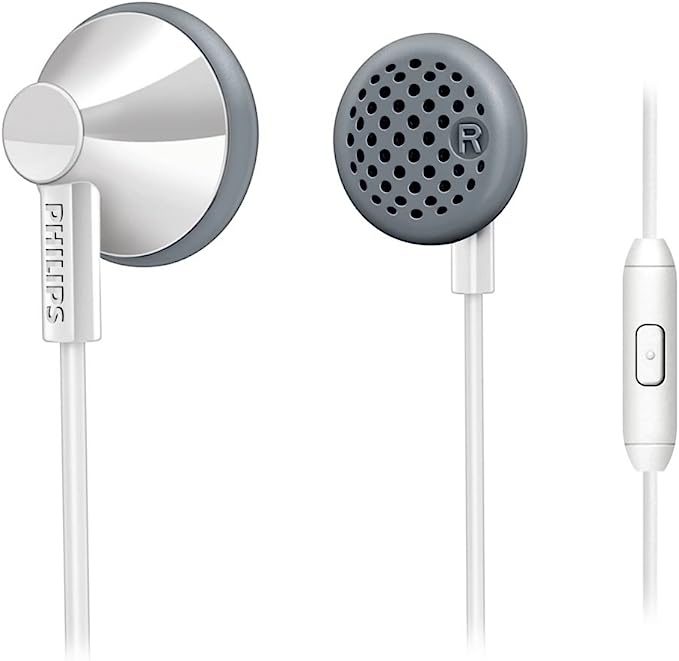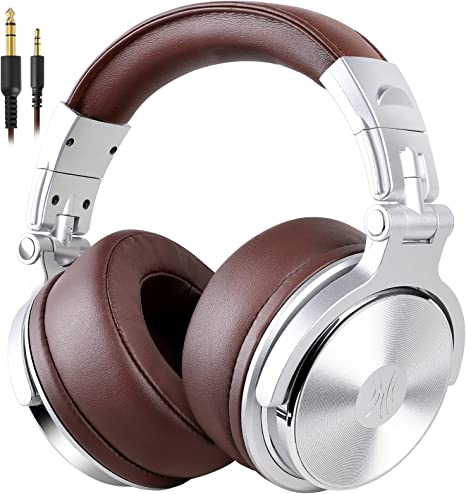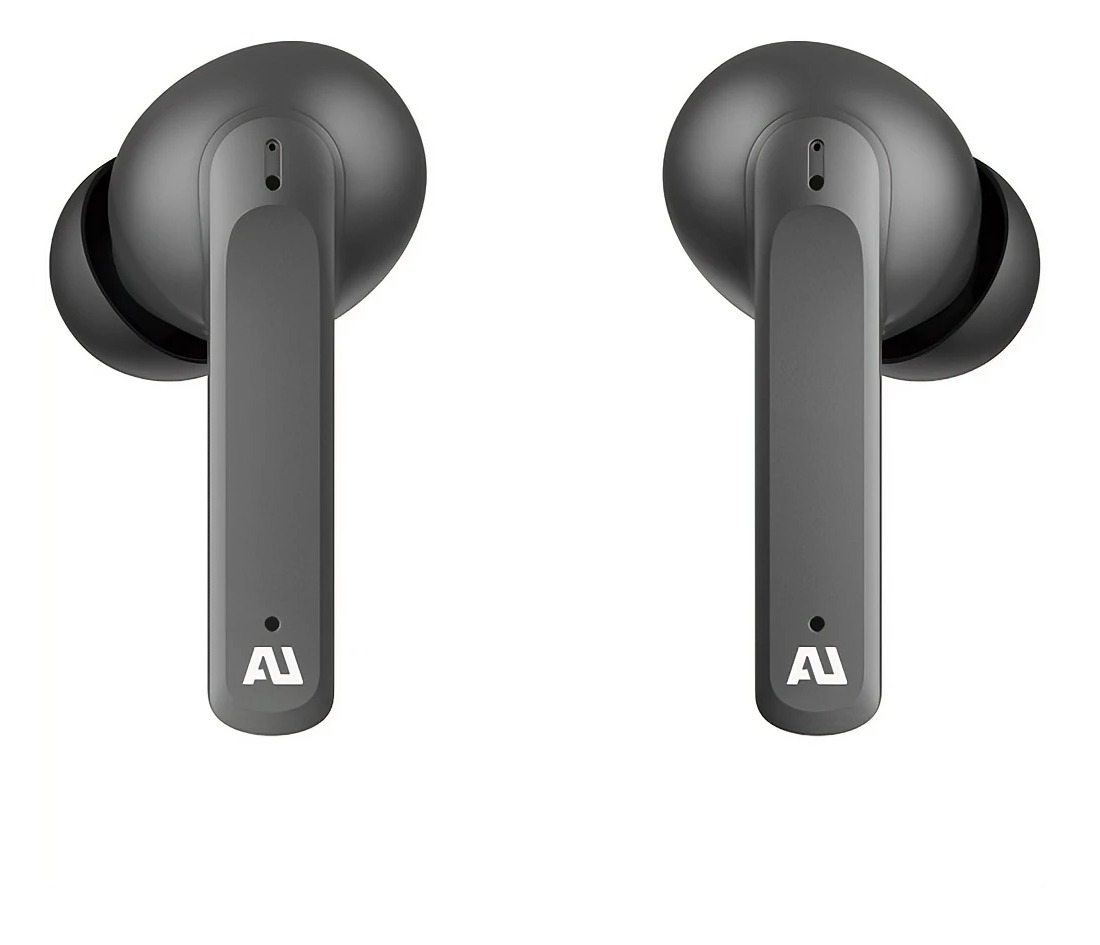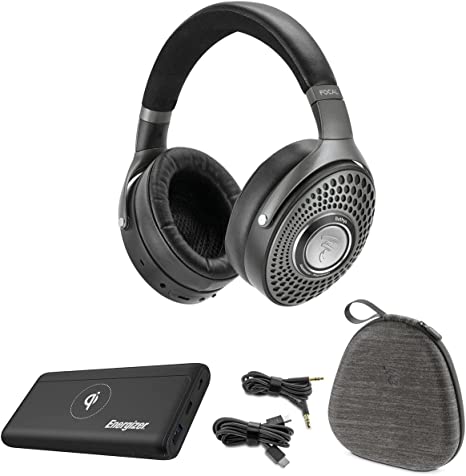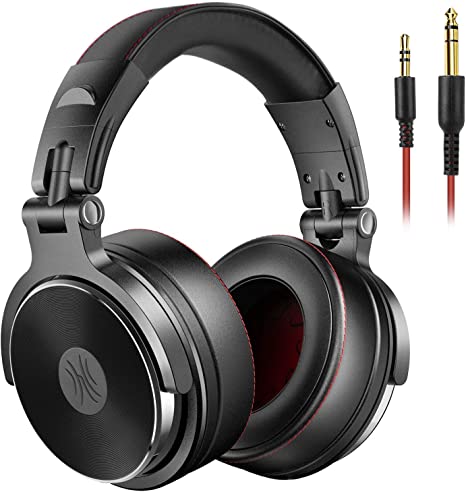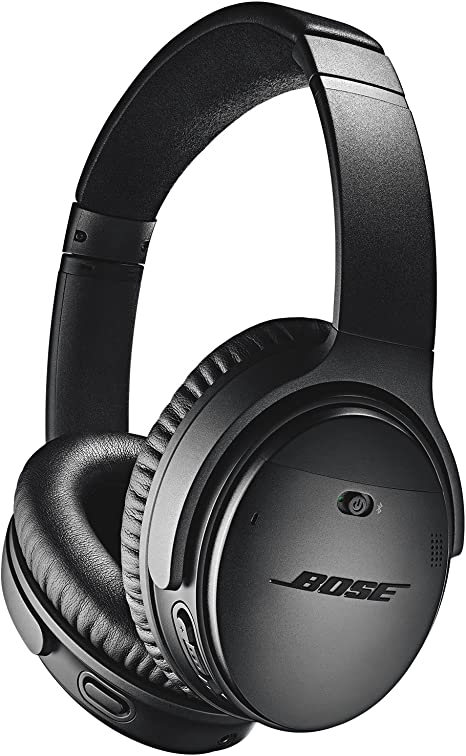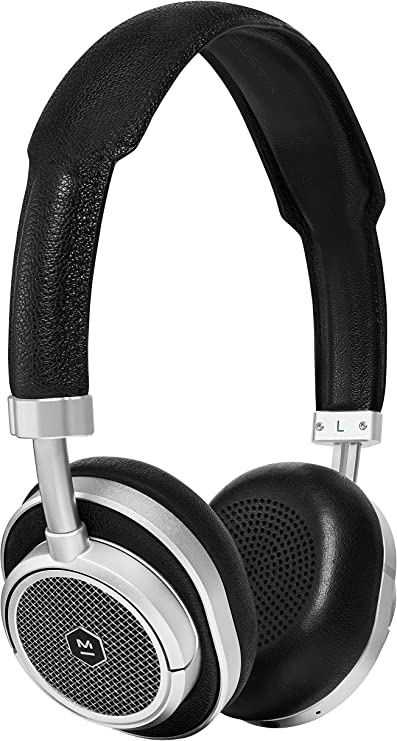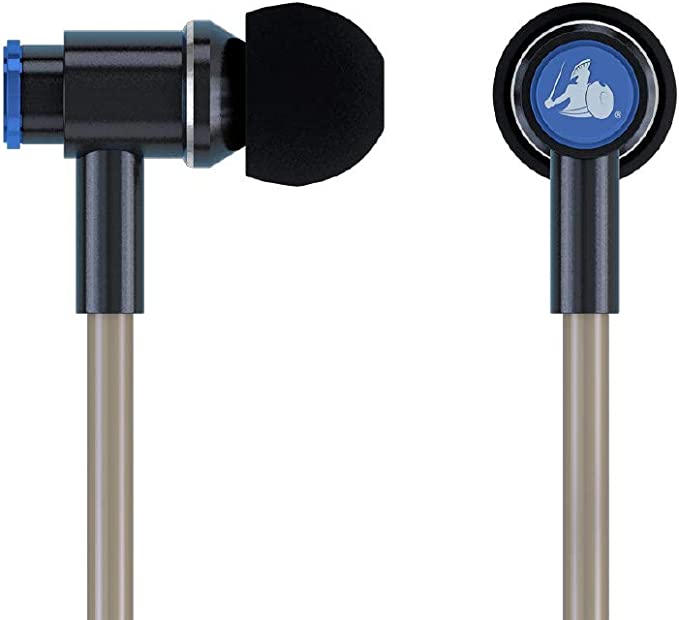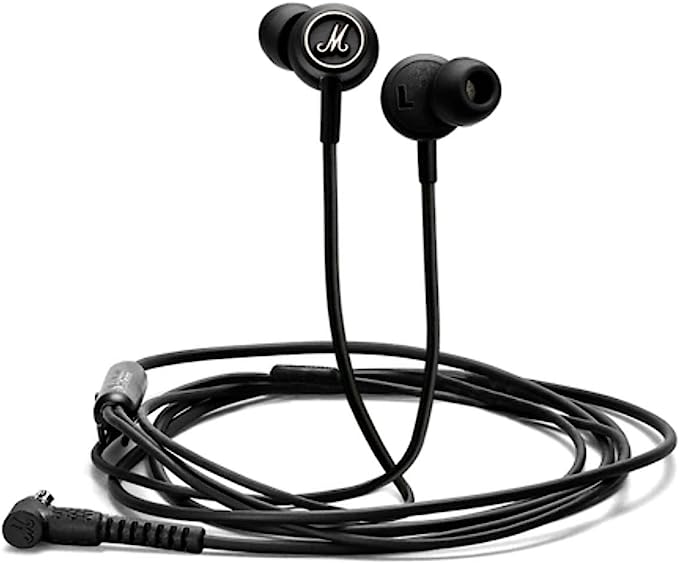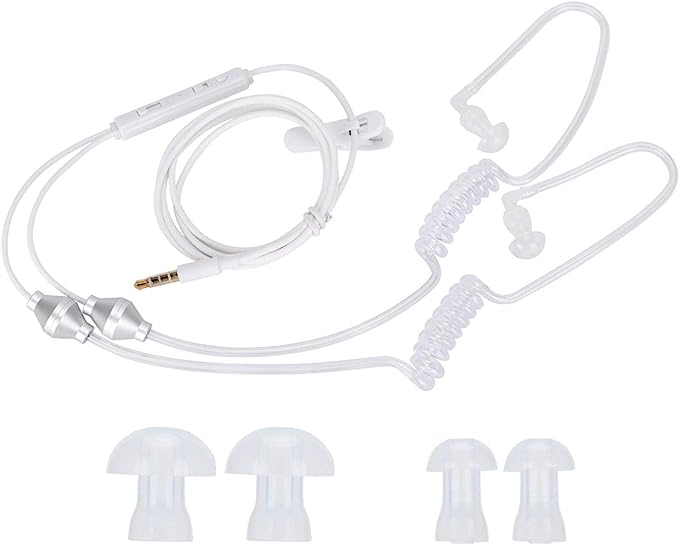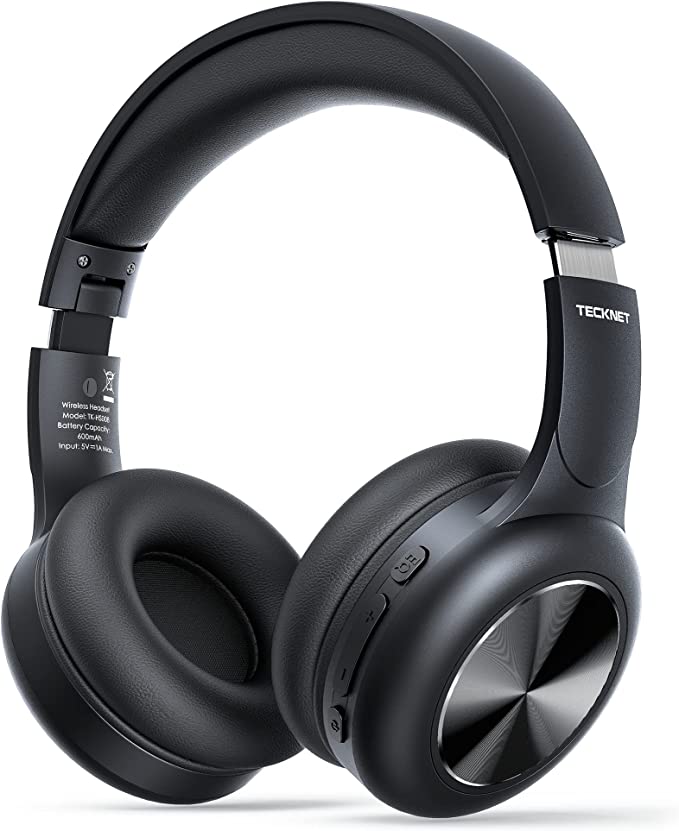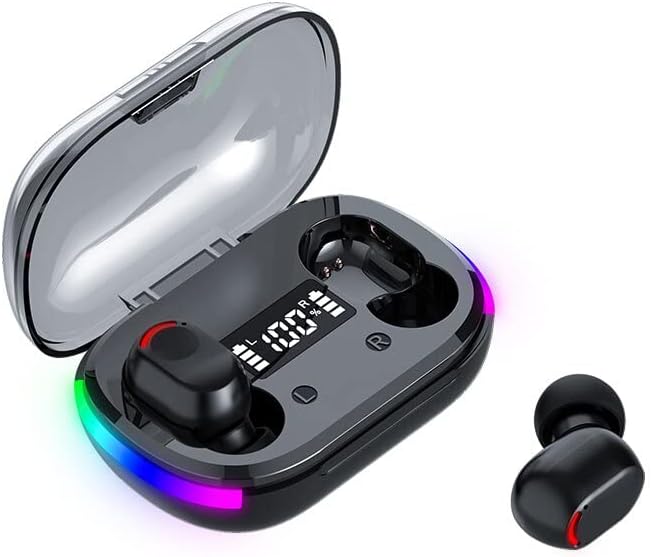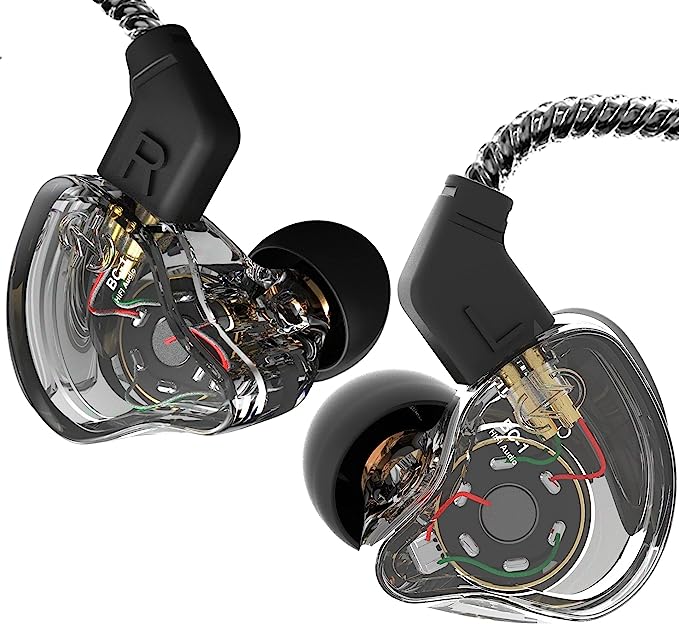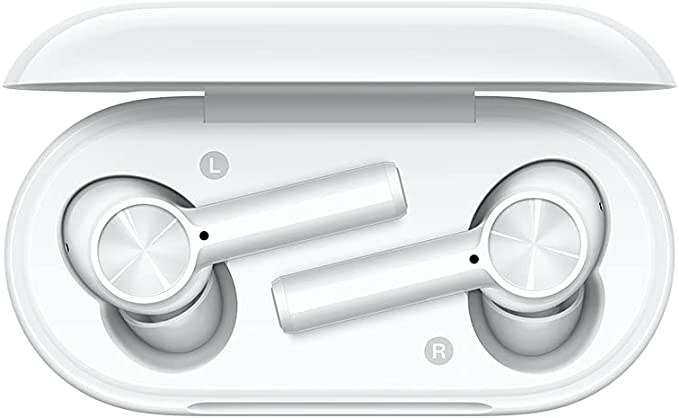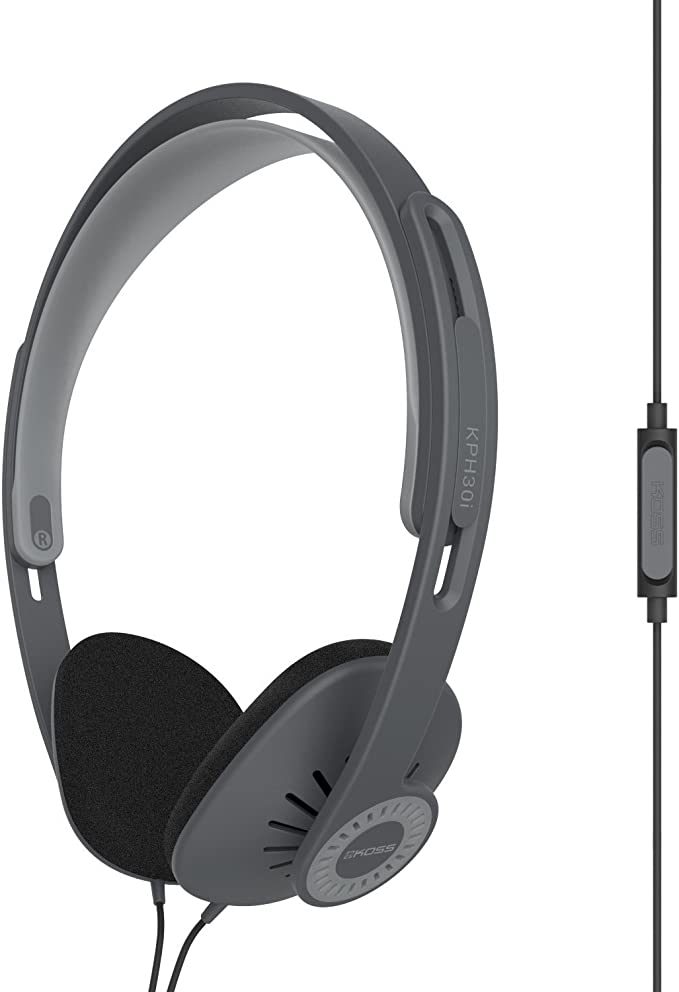Betron HD1000 Wired Headphones: Experience Powerful Bass and Superior Sound
Update on March 20, 2025, 6:22 a.m.
We live in a world saturated with sound. From the gentle rustling of leaves to the roar of a city, our ears are constantly bombarded with auditory information. And for many of us, headphones have become an essential tool for navigating this sonic landscape, allowing us to curate our own personal soundscapes, whether we’re listening to music, podcasts, or audiobooks. But what makes a “good” headphone? Is it simply about loudness, or is there more to the story? The Betron HD1000 wired headphones offer a compelling answer, combining solid engineering with an affordable price point. Let’s explore the science behind these headphones and discover what makes them tick.

The Symphony of Vibration
Before we delve into the specifics of the Betron HD1000, let’s take a moment to appreciate the fundamental nature of sound itself. Imagine dropping a pebble into a still pond. The impact creates ripples that spread outward, carrying energy across the water’s surface. Sound works in a similar way. It’s essentially a vibration that travels through a medium – usually air, but it can also be water or even solid materials.
These vibrations have two key characteristics: frequency and amplitude. Frequency refers to how quickly the vibration occurs, measured in Hertz (Hz). A higher frequency means a faster vibration, which our ears perceive as a higher pitch. Think of the difference between a deep bass drum (low frequency) and a high-pitched flute (high frequency). Amplitude, on the other hand, refers to the intensity or strength of the vibration. A larger amplitude means a louder sound.
Our ears are remarkable biological instruments designed to capture these vibrations and convert them into electrical signals that our brains interpret as sound. The outer ear, or pinna, acts like a funnel, collecting sound waves and directing them into the ear canal. These waves then vibrate the eardrum, a thin membrane that acts like a tiny drumhead. The vibrations are amplified by three tiny bones in the middle ear (the malleus, incus, and stapes) and transmitted to the cochlea, a fluid-filled, snail-shaped structure in the inner ear. Inside the cochlea, thousands of tiny hair cells convert the vibrations into electrical signals, which are then sent to the brain via the auditory nerve.

Inside the Betron HD1000: Neodymium Drivers and More
The heart of any headphone is its driver, the component responsible for converting electrical signals back into sound waves. The Betron HD1000 utilizes drivers powered by neodymium magnets. Neodymium is a rare-earth element that forms incredibly strong permanent magnets. Why is this important? The strength of the magnet directly impacts the driver’s ability to move the diaphragm (a thin, flexible membrane) quickly and precisely. This rapid and accurate movement translates to a more faithful reproduction of the original audio signal, resulting in clearer, more detailed sound, and, particularly, a more powerful and responsive bass.
Think of it like comparing a small, weak motor to a powerful, high-performance engine. The stronger engine (neodymium) can accelerate and decelerate faster, allowing it to handle complex and dynamic audio signals with greater ease. This is why the HD1000 is often described as having “punchy bass.” It’s not just about loudness; it’s about the quality of the bass – its tightness, definition, and impact.
While we won’t delve too deeply into technical specifications, two terms often encountered in headphone descriptions are impedance and sensitivity. Impedance, measured in ohms (Ω), represents the resistance to the flow of electrical current. The HD1000 is designed with an impedance that makes it compatible with a wide variety of devices, from smartphones to laptops, without requiring a dedicated headphone amplifier. Sensitivity, measured in decibels (dB), indicates how loud the headphones will play for a given input power. A higher sensitivity generally means the headphones can achieve higher volumes with less power.
Wired vs. Wireless: A Matter of Fidelity
In an increasingly wireless world, the choice between wired and wireless headphones often comes down to a trade-off between convenience and sound quality. While wireless headphones offer freedom from cables, they rely on Bluetooth technology to transmit audio signals. Bluetooth, while convenient, involves compressing the audio data to transmit it wirelessly, and then decompressing it on the receiving end. This compression-decompression process, even with advanced codecs like aptX and LDAC, can inevitably lead to some loss of audio information, particularly in the subtle details and nuances of the music.
Wired headphones, like the Betron HD1000, bypass this compression process entirely. The audio signal travels directly from the source device to the headphones via a physical cable, preserving the integrity of the original recording. This is why audiophiles and critical listeners often prefer wired headphones for the most accurate and detailed sound reproduction. Think of it like comparing a high-resolution digital image to a compressed JPEG. The JPEG might be smaller and easier to share, but it will inevitably lose some of the fine detail present in the original. The lack of batteries also means that, unlike wireless headphones, you’ll never be stranded with no power.

Comfort and Design: Beyond the Sound
Superb audio quality is paramount, but it’s not the whole story. Headphones, especially those designed for extended use, must also be comfortable. The Betron HD1000 features an over-ear design, meaning the earcups completely surround the ears, creating a seal that helps to isolate the listener from external noise. This passive noise isolation is crucial for immersive listening, allowing you to focus on your music without distractions.
The earcups themselves are padded with soft, plush foam, providing a comfortable fit even during long listening sessions. The adjustable headband ensures that the headphones can be customized to fit a wide range of head sizes. However, it’s worth noting that some users with larger heads or ears have reported that the HD1000’s fit can be a bit snug. While the over-ear design is generally intended to fully enclose the ear, individual ear size and shape can influence the perceived fit. The provided dimensions (7.09 x 6.3 x 3.54 inches) offer a more objective guide to the headphones’ physical size. The headband also features a flexible, curved design.
The HD1000’s also have a gold-plated 3.5mm jack. Gold plating does not tarnish, and it offers excellent signal transfer.
Sound in Context: Use Cases and Applications
The Betron HD1000’s balanced sound signature and comfortable design make them suitable for a variety of listening scenarios. Commuting on a noisy bus or train? The passive noise isolation helps to block out distractions, allowing you to enjoy your music or podcasts in peace. Studying in a library or coffee shop? The comfortable fit ensures you can wear them for hours without discomfort.
While the HD1000’s are not specifically designed for professional audio work, their clear and detailed sound reproduction makes them a viable option for amateur musicians and podcasters who need a reliable pair of headphones for monitoring their recordings. The robust bass response also makes them a good choice for genres like hip-hop, electronic music, and rock.

The Headphone, and Earphone Landscape
There are several ways to listen through personal audio devices. Headphones, earphones, and earbuds all have their strengths. Earbuds are very small, and sit just outside the ear canal. Earphones, sometimes also called in-ear monitors, are also small, but fit snugly inside the ear canal. Headphones, as with the Betron HD1000, are larger, and can be on-ear, or over-ear, as is the case here. Headphones, because of their larger drivers, tend to be able to deliver a greater dynamic range, more faithfully reproducing the frequencies humans can hear.
Conclusion
The Betron HD1000 wired headphones represent a compelling blend of audio performance, comfort, and affordability. By leveraging the power of neodymium drivers and prioritizing a direct, wired connection, they deliver a listening experience that belies their price point. While individual fit preferences may vary, the HD1000’s offer a solid foundation for enjoying your favorite audio content, whether you’re a casual listener or a budding audiophile. They offer a reminder that sometimes, the simplest approach – in this case, a well-engineered wired connection – can yield the most satisfying results. The science of sound is complex, but the enjoyment of it shouldn’t be.
